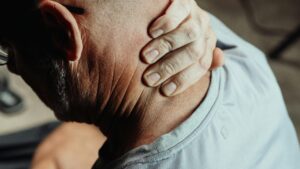
Exercises to Relieve Neck Pain
Learn how to relieve neck tension by using your hips, hands, and feet in these gentle water-based movements. Whole-body mobility for real relief.

Learn how to relieve neck tension by using your hips, hands, and feet in these gentle water-based movements. Whole-body mobility for real relief.
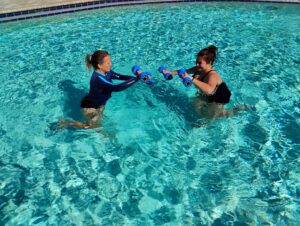
You don’t think much about your wrists—until they stop working like they used to.That twist of the tomato sauce lid. That heavy casserole dish. That awkward moment balancing on one foot to put on your socks. When simple tasks feel clumsy or painful, it’s not just about getting stronger. It’s about improving control, mobility, and coordination.That’s where water exercises for wrist strength and upper body coordination come in—especially when using hand buoys. This month, we’re focusing on rewiring wrist strength in the water through a method that’s gentle, effective, and functional. No heavy weights. No joint strain. Just small movements that make a big impact on everyday life. Is Wrist
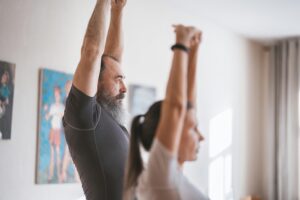
Discover how to rewire movement for less pain and more mobility with gentle upper body exercises for your neck, wrists, and shoulders—on land or in water.

If you want to walk well for life, the answer isn’t simply to log more steps. It’s to build the skills that support confident, pain-free walking—skills like foot mobility, leg strength, balance, and power. And one of the most effective—and joint-friendly—places to train those skills is in the water. A well-designed water walking program does more than just move you forward and back. Done right, it becomes a comprehensive movement system that helps you: Let’s break down exactly what the right exercises include—and how you can build a water walking routine that makes every step on land easier. 1. Begin with Foot Mobility As we explored in Blog #1 foot
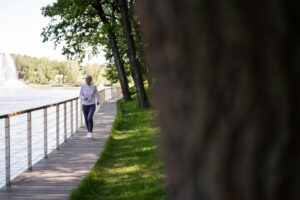
Strength gets a lot of attention when it comes to staying active. But if you want to walk with confidence, maintain your balance, and move with ease, there’s another key piece of the puzzle you don’t want to overlook: power. Power is your ability to generate force quickly.It’s what helps you: And here’s the thing—power naturally declines with age if it’s not trained. One day you’re walking strong and steady, and the next, a small hill or busy parking lot feels like a challenge. But the good news? You can rebuild power at any age—and the pool is the perfect place to start. The Link Between Power, Walking Speed, and
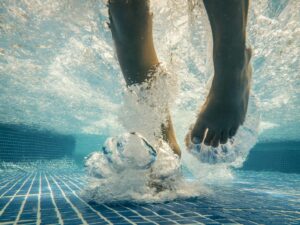
Every time you take a step, your feet are the first to respond. They absorb shock, adapt to changing surfaces, and initiate the chain of motion through your knees, hips, and spine. Each foot contains: 26 bones 33 joints 107 ligaments 19 muscles That’s a lot of moving parts! And they all need to work together to support your entire body. But when your feet lose mobility or strength, that support system breaks down—leading to extra stress in your knees, hips, and back. The result? Everyday activities like climbing stairs, walking the dog, or playing with grandkids become more difficult—and sometimes painful. Why Strong, Mobile Feet Matter for Real-Life Activities
Join our community for exclusive workout tips and insights Laurie doesn’t share anywhere else.